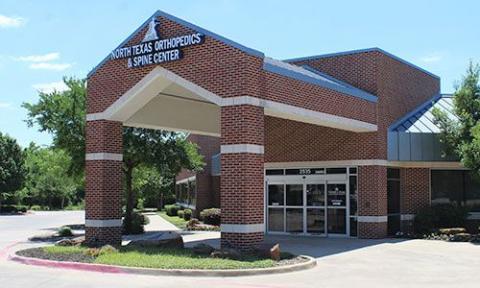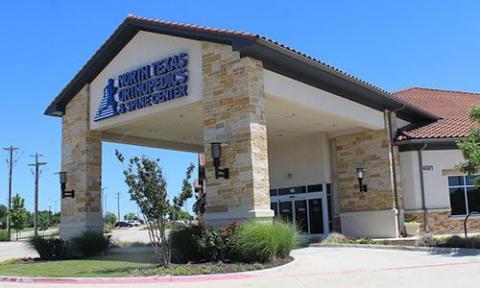Carpal Tunnel Syndrome (CTS) is a common condition that affects millions of people worldwide, causing numbness, tingling, and sometimes pain in the hand and wrist. This blog post will delve into the causes, symptoms, diagnosis, and treatment options for this prevalent nerve compression disorder.

Carpal Tunnel Syndrome occurs when the median nerve, which runs from the forearm into the palm of the hand, becomes compressed within the carpal tunnel. This narrow passageway is formed by the carpal bones on the bottom and sides of the wrist and the transverse carpal ligament across the top.
The carpal tunnel houses nine flexor tendons that control finger movement and the median nerve. When the median nerve is compressed, it can lead to the characteristic symptoms of CTS.
The most common symptoms of CTS include:
Diagnosing CTS typically involves a combination of:
If conservative measures fail or symptoms are severe, surgery may be recommended. There are two main surgical approaches:
Both surgical techniques aim to release the transverse carpal ligament, reducing pressure on the median nerve.
While not all cases of CTS can be prevented, certain measures may help reduce risk or manage symptoms:
Carpal Tunnel Syndrome, while common, can significantly impact daily life if left untreated. Recognizing the symptoms early and seeking appropriate medical care can lead to effective management and prevention of long-term complications. Whether through conservative treatments or surgical intervention, relief from CTS symptoms is achievable for most patients.
Remember, if you’re experiencing persistent numbness, tingling, or pain in your hands, consult with a healthcare professional to determine if Carpal Tunnel Syndrome might be the cause.
See why our patients love our physicians, quality of care, and amazing results.
*Based on Independent Market Research


© 2024, North Texas Orthopedics & Spine CENTER. All rights reserved.